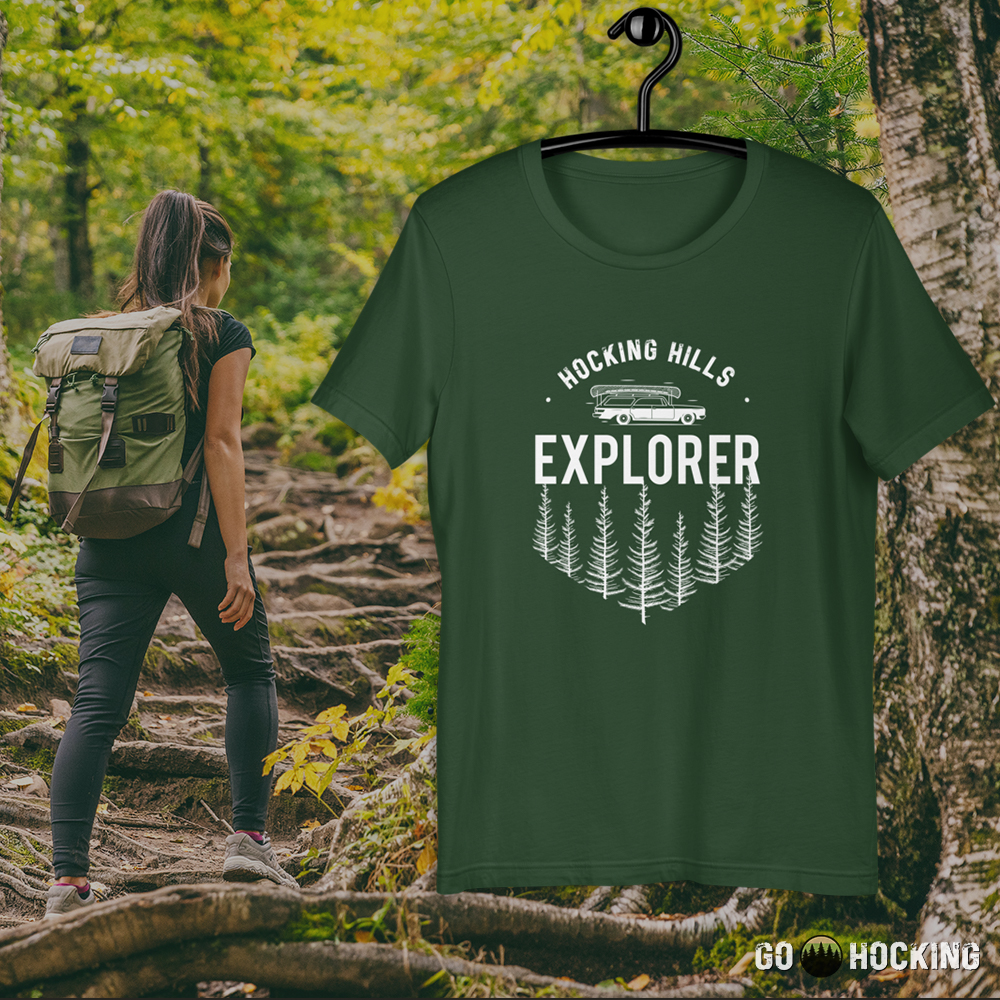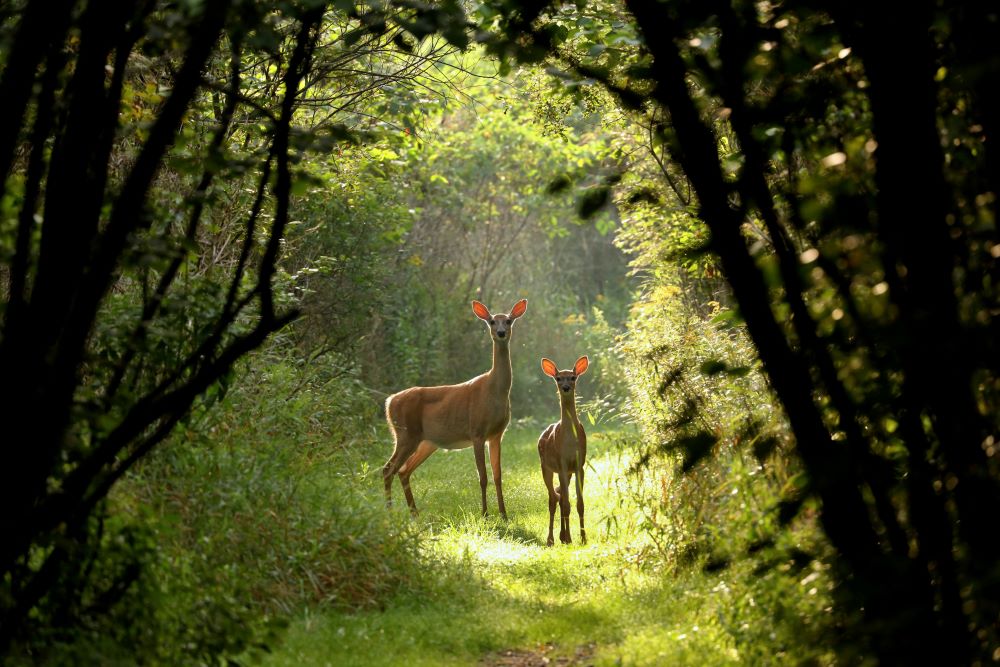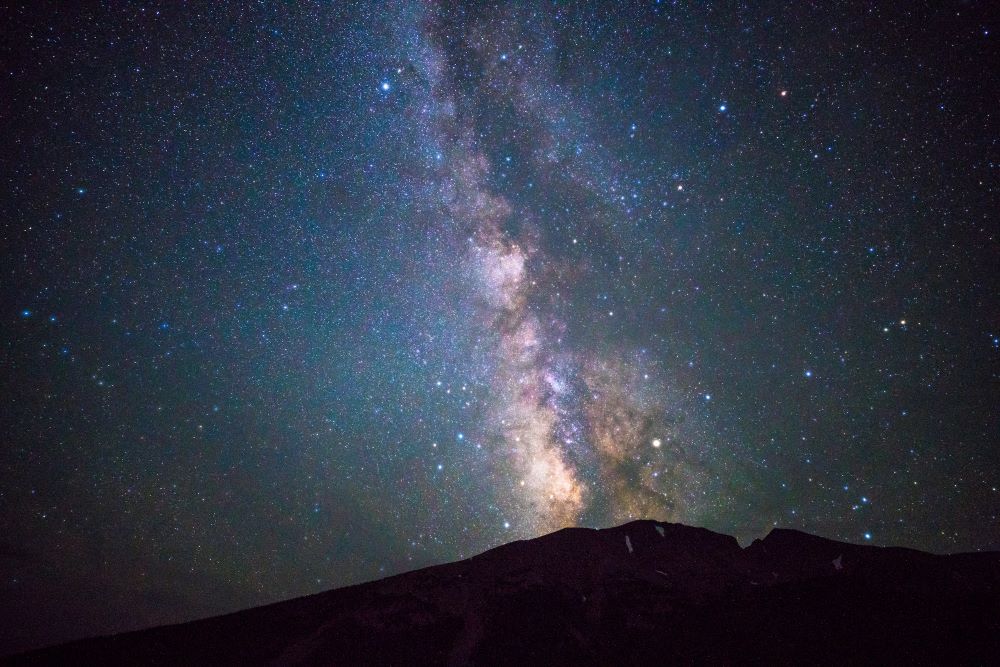MUSEUMS
Natural history and the local history of the region are fascinating topics. Discover so much more with the museums of Hocking.
EXPLORE MUSEUMS IN HOCKING HILLS
From our local History Museum to the new children’s museum, there’s plenty of learning in Hocking.
Museums are a gateway to history and culture. The Hocking Hills is full of stories and memorabilia that tell about the origins of the area and how it came to be developed. Visitors to the region come for the geological wonders of caves, hiking trails in parks and beautiful waters to boat and fish. They also come for the magnificent history that accompany the sweeping vistas. Come find out more about The Hocking Hills museums, charged with keeping record of the fascinating history behind the hills.
Historical Hocking Hills
This specific area of Ohio is characterized by deep gorges, cascading waterfalls, and sandstone cliffs which characterize it as one of the most diverse regions in the Midwest. Travelers come from all around to explore the depths of the parks and see wildlife like deer, owls, and fish in its waters. The blackhand sandstone that makes up a lot of the rock formations was consolidated and cemented from layers of loose sand. The Blackhand name comes from the figure of a human hand placed by Indians on a cliff face in the gorge of the Licking River east of Newark. This hand is thought to have guided Indians to flint deposits found at Flint Ridge. Erosion and weathering have created the cliffs with some very high places being used for climbing. Equally interesting in addition to the landscape is the history of the people. It is thought that people may have come here during the Ice Age when nomadic hunters were believed to be in the area. The Adena culture, or moundbuilders, lived in Ohio from around 1 A.D. to 800 A.D. and later the Fort Ancient Indians from the 1300s to 1600s. There is evidence of their existence left in caves and shelters dotting the landscape. The area was historically home to the Wyandot tribe in the mid 1700s. The name of the river was Hockhocking, meaning ‘bottle river.’ The Delaware and Shawnee nations hunted and traveled Hocking Hills region at this time. Settlers eventually came to the land and cleared the way for settlement. They found lots of wildlife to eat and shelters in the rocks. With all the natural resources, it was perfect for people to come settle, build farms, and use the timber. Coal is also an important resource in eastern Hocking County.

Come Away to the Hills
As people can see for themselves, the region of Hocking Hills has so many museums and historical places to explore. The town center hosts many events year round that let people get hands-on experience making pottery, blowing glass, or just experiencing what it was like to live in Civil War times. Learning about the history of the region can help bring people closer together and demonstrate the solidarity of a people while learning about the historical context that brought them to the land as it stands today.
Sights & Sounds of History
The character and charm of the Hocking Hills region is not in question. Visitors to the area love to learn about the geological and cultural history of the area while they enjoy the beautiful parks. Some of the more interesting museums house a large collection of historical artifacts that speak to the origins of the region and give insight into how it came to be.
The Sherman House Museum is located in Lancaster, Ohio. This museum is the birthplace of General William Tecumseh Sherman and his brother U.S. Senator John Sherman. Guests can learn about the history of the Sherman House and its connection to the Civil War. General William Tecumseh Sherman is known for leading troops through various cities during the Civil War. One of 11 children, they all lived in the Sherman home. Each bedroom and room of the home is maintained as a space to view family memorabilia and view recreations of General Sherman’s life. Photographs, paintings, history books, puzzles, and games are available for families to look at which detail this significant historical person and place.
The Dairy Barn Arts Center dates back to the 1800s. Once a part of Athens State Hospital, the barn offers camps, classes, and educational programs among other things to bring visitors to the region. The cow barn is listed on the National Register of Historic Places. Historically, the hospital and airy was purchased to supply milk and provide therapy and job training to patients. The practices shifted and the Hocking Valley Arts Council decided to preserve the barn and use it as an arts center. Each part of the barn hosts different artistic experiences. There is the Quilt National exhibit which attracts tens of thousands of visitors to view quilts, patching, and materials. There are various installations in the barn loft and Gallery Shop. It is a local treasure people love to explore and share with family and friends.
The Ohio Glass Museum was incorporated in 2002. After a lot of construction to bring it up to date, the museum was opened again to allow visitors to explore the history of glassmaking as an industry in Lancaster and Fairfield County. Supplies of natural gas and sandstone in the area make it a great place to create glass masterpieces. In 2003, the Ohio legislature designated Lancaster as the ‘Pressed Glass Capital of Ohio.’ THese collections have been some of the most well-loved in the country. The museum also allows for group meetings and special events. It is the heritage that people come for, the authentic connection to a piece of history to learn more about beautiful masterpieces and the people who make them.















